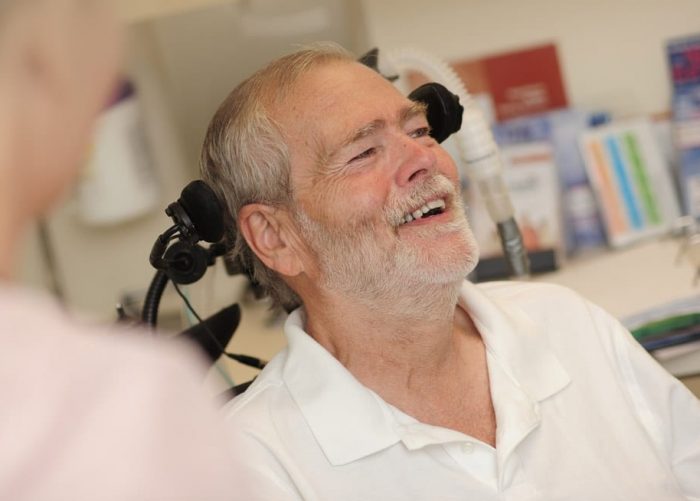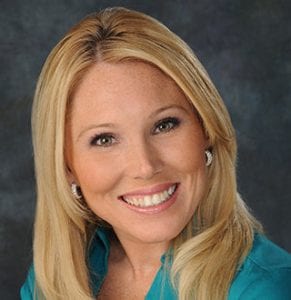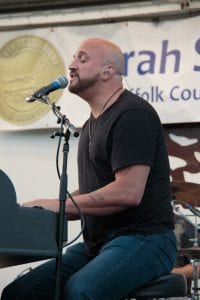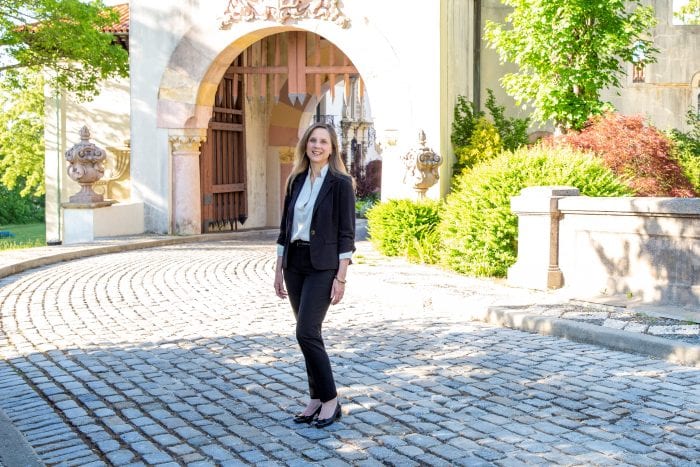By Melissa Arnold
Putting on a stage production is about so much more than actors and musicians. The staff working behind the scenes — stage managers, set builders, makeup artists and costume designers — are just as important, and their skills can make the difference between an excellent show and a mediocre one.
Costume designer Jason Allyn is all about going the extra mile to create the perfect outfit, down to the jewelry, fine detail work and sequins. He sat down recently to talk about the costume design process and his new stage home at Theatre Three in Port Jefferson.
When did you first become interested in costume design?
My mother took me to musicals when I was young, and she was also a seamstress. As for me, I’m a huge comic book nerd, a big Marvel and DC Comics nut. As a kid, I loved the stories and the heroes, but I also loved their costumes! Since I knew how to sew from my mom, I would make and recreate those outfits because I wanted to be them. But I never had the thought of wanting to be a costume designer, at least not at that time.
So when did you start thinking about making it your career?
I did both theater and sports when I was growing up, and even worked at Theatre Three in high school. I went to college for musical theater, and we had to spend a certain number of credit hours on different parts of the process — acting, lighting, design. I found myself doing a lot of costume hours because of my natural love for fashion, period movies and sewing. I got a job working at a local theater as a director, and ended up designing some things. It snowballed from there, becoming a real love.
Why is costume design so important to a production?
It’s a piece of art, just like any other aspect of the show. People know when you’re giving them a bad product, and they know when you’re giving it your best effort.
How did you start working at Theatre Three?
My last job ended around the same time as the pandemic began. It was such a dark time for so many of us in theater, and I wasn’t sure I was ever going to be able to find work again. I began considering going in a different direction with my career. But then my best friend asked me to work with her on costuming a production of The Nutcracker, and after such a long time focusing on directing, it really rekindled my love for costuming.
I had borrowed a couple of pieces from Theatre Three, and when I went to the theater to return them I had a wonderful, two-hour conversation with [Theatre Three Executive Artistic Director] Jeffrey Sanzel. He ended up calling me some time later once the theater reopened and invited me to interview for their wardrobe supervisor position and I started work in August.
Tell us a bit about your process. How do you go about designing a costume?
First, I sit down and read the entire script, taking notes as I go. If it’s a musical, I listen to the original cast recording and sometimes try to find clips online to use as references. Some roles are very particular and iconic, like Maria’s white dress in West Side Story, which you really need to stick to. Other shows allow for the opportunity to design in the ways I feel would be most interesting. For example, I’m working on the costumes for Steel Magnolias right now for the spring, and the main character wears pink, but there is a lot of freedom there.
Jeff and I will sit down and talk about each character and my ideas. Sometimes I’ll sketch or bring in pictures of other looks I enjoy, and he’ll make suggestions or changes. It’s a collaborative process.
Where do you get the materials for the costumes?
Sometimes they are a part of my existing collection, other times we get them at thrift stores or I sew them. I dye pieces to get the right colors we need, and I love using wigs. I get my fabric from JoAnn’s, and the actors and staff are always excited to hear what I’m making next. With Barnaby Saves Christmas, I decided to use different styles for the boy and girl elves, with different colors and details to denote rank. It’s like creating an entire world.
Do you have a favorite fabric?
Cotton is great for children’s theater because it’s washable and doesn’t bleed — children’s shows are very active and so it’s important for the costumes to be durable and easy to care for. As for mainstage shows, it’s more about what would be appropriate for the period and setting of the show. I love confetti dot, as well as anything with sequins or a little glam. Sparkle really makes a costume pop and gives a great effect. There’s something about it as an audience member that’s exciting.
Do you have favorite shows you’ve done costuming for?
Nine the Musical, Dirty Rotten Scoundrels, The Wizard of Oz, Beauty and the Beast and Cinderella are all on my list.
What do you love most about costuming?
Honestly, I love designing for women. Men are wonderful, but they’re simple — you put on a pair of pants and they’re good to go. But women come in so many different shapes, sizes and styles of dress. It’s all beautiful. There’s nothing that makes me happier than when a woman tries on her costume and says to me, “I feel so pretty!” or when a man says, “Wow, I feel great in this.” Everyone is gorgeous and deserves to feel that way. Each person is important and matters to me.
Beyond that, it’s a joy for me to be in the audience and watch the faces of audience members, especially children, when a character comes onto the stage.
What are you enjoying about working at Theatre Three?
It’s such a loving work environment. Everyone is so supportive of everyone else, and it’s a joy to be a part of that. After the pandemic, I truly didn’t think I was going to be able to work again. Jeff is a wonderful director to exchange ideas with — he truly listens and gives me the freedom to be creative, and it means the world to me that he likes my work.
I also love that I have my own workshop space there where I get to spread my wings and be creative. They even painted it purple for me and embrace how obsessive I am about organization. It’s my dream job!

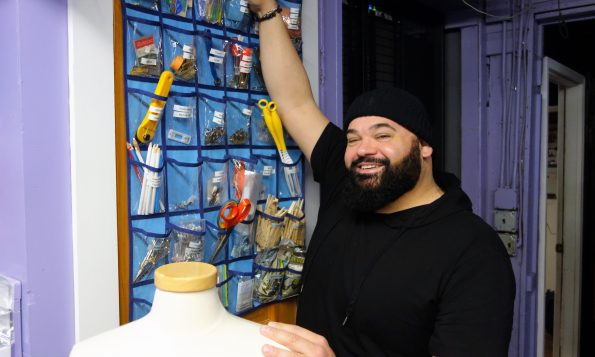
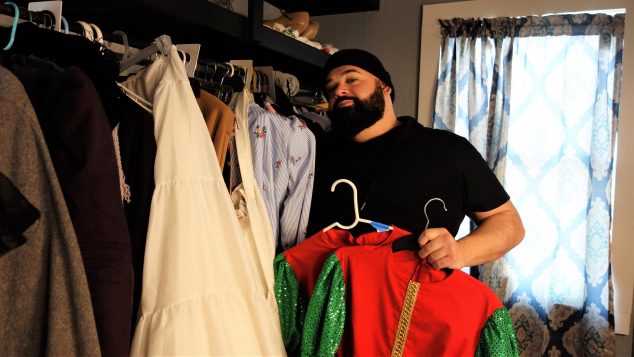
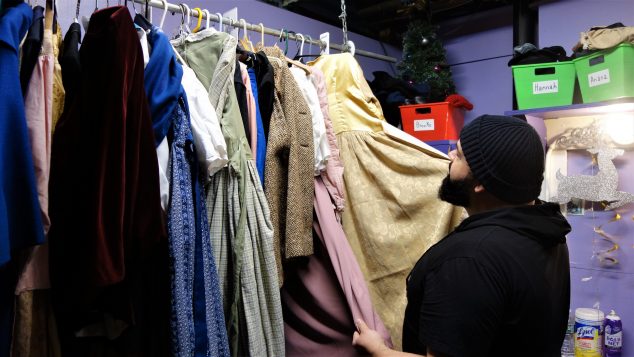
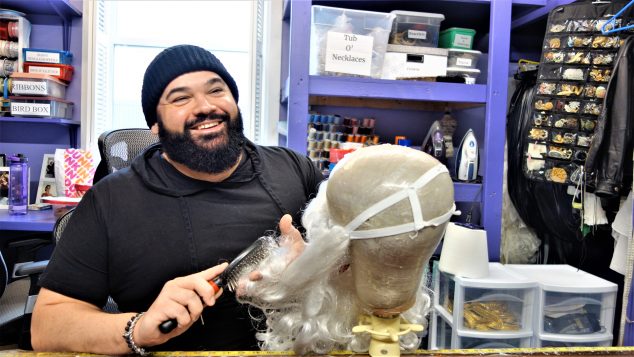
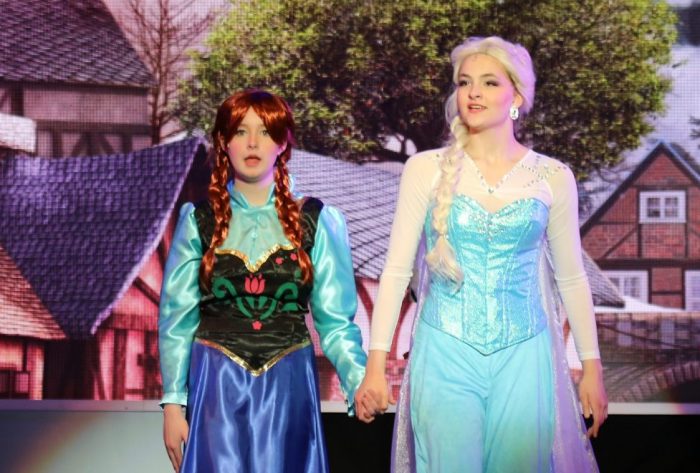
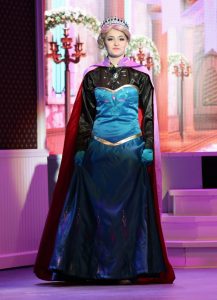
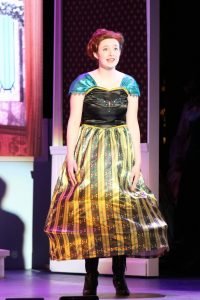
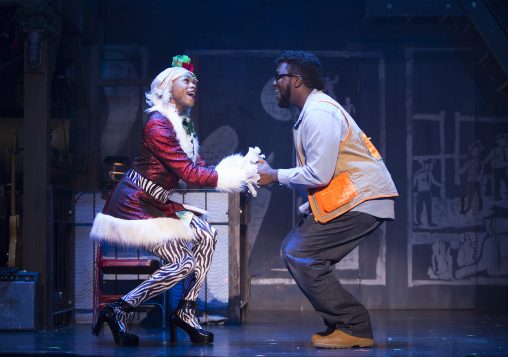

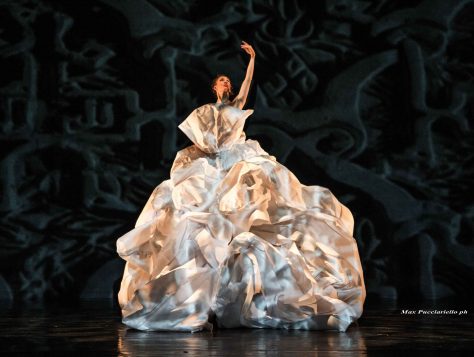
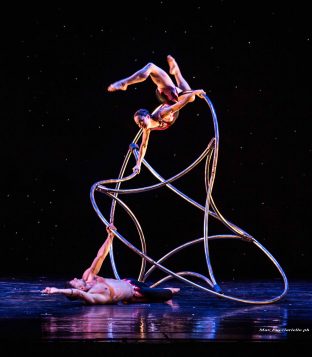

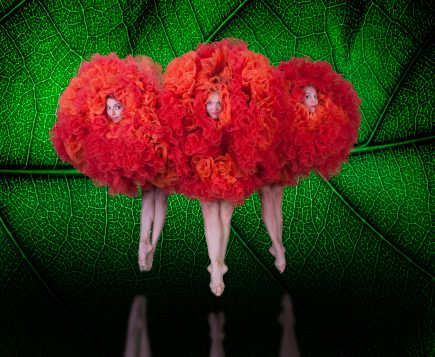

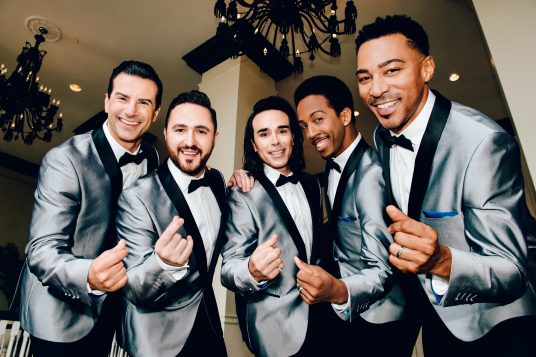
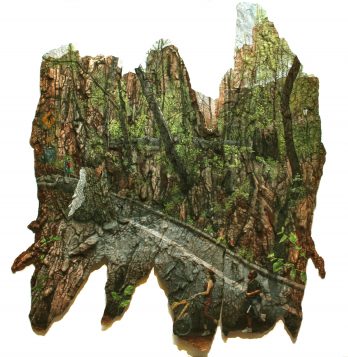
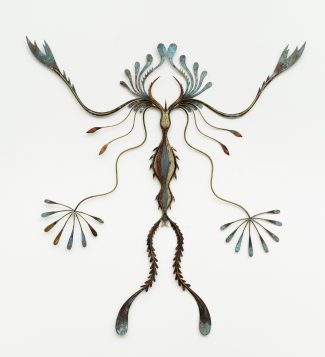
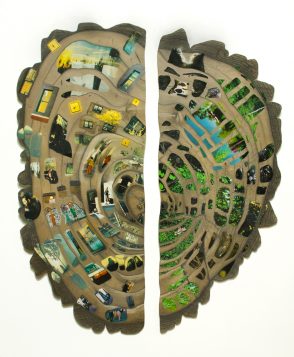
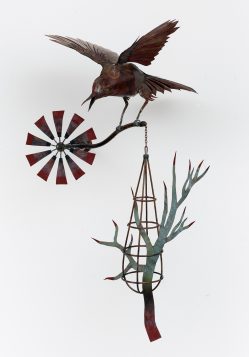
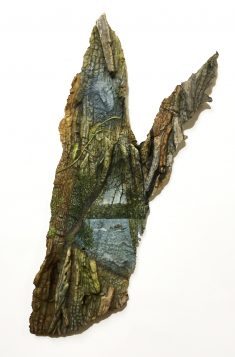
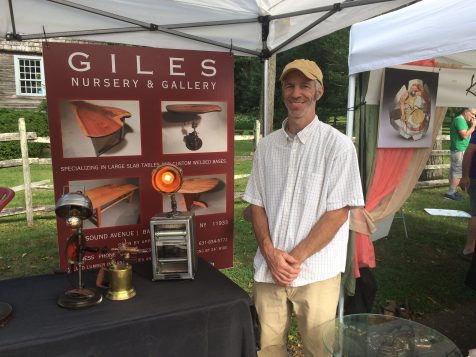
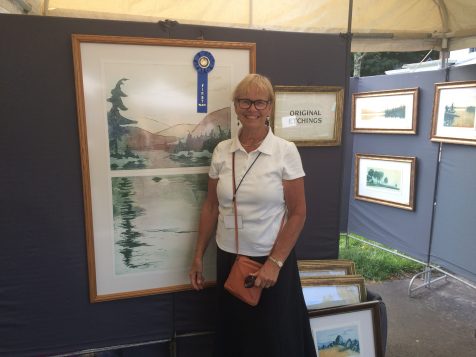
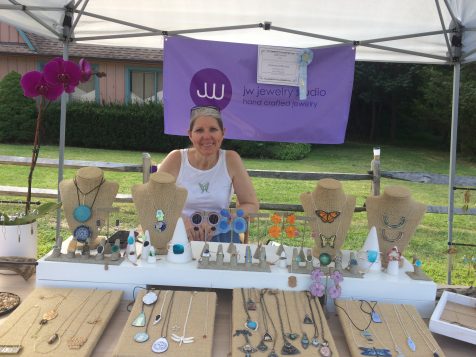
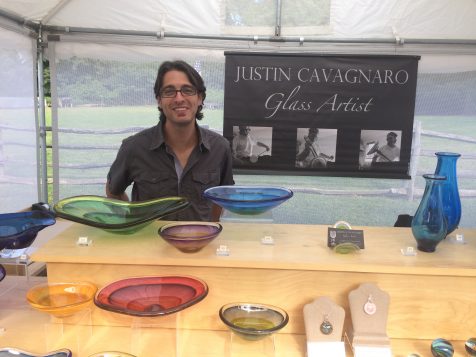

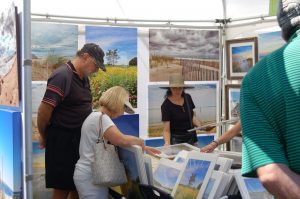 The festival has run annually on the grounds of Gallery North and along North Country Road since they first opened in 1965. With last year’s event scaled back to Maker’s Markets throughout the month of September for safety reasons, gallery director Ned Puchner can’t wait to kick things off again.
The festival has run annually on the grounds of Gallery North and along North Country Road since they first opened in 1965. With last year’s event scaled back to Maker’s Markets throughout the month of September for safety reasons, gallery director Ned Puchner can’t wait to kick things off again.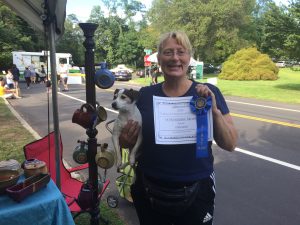
 ENTERTAINMENT SCHEDULE
ENTERTAINMENT SCHEDULE List of Exhibitors:
List of Exhibitors:




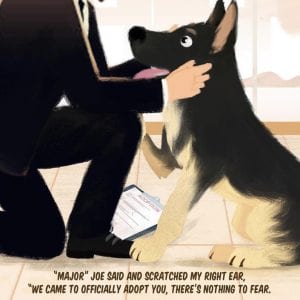 I always really enjoyed writing as a child — I loved writing stories and poetry. I went to Emerson College in Boston, where I studied writing and acting, but I mostly focused on screenwriting for TV and movies. Emerson has a Los Angeles program, so I was able to move out to California right after I graduated.
I always really enjoyed writing as a child — I loved writing stories and poetry. I went to Emerson College in Boston, where I studied writing and acting, but I mostly focused on screenwriting for TV and movies. Emerson has a Los Angeles program, so I was able to move out to California right after I graduated.
 Who illustrated this book? How did you connect?
Who illustrated this book? How did you connect? Major: Presidential Pup is available at Book Revue in Huntington and online retailers including Amazon and Barnes & Noble. To keep up with Jamie and Erica, their book and animals in need, visit http://linktr.ee/MajorPresidentialPup.
Major: Presidential Pup is available at Book Revue in Huntington and online retailers including Amazon and Barnes & Noble. To keep up with Jamie and Erica, their book and animals in need, visit http://linktr.ee/MajorPresidentialPup.